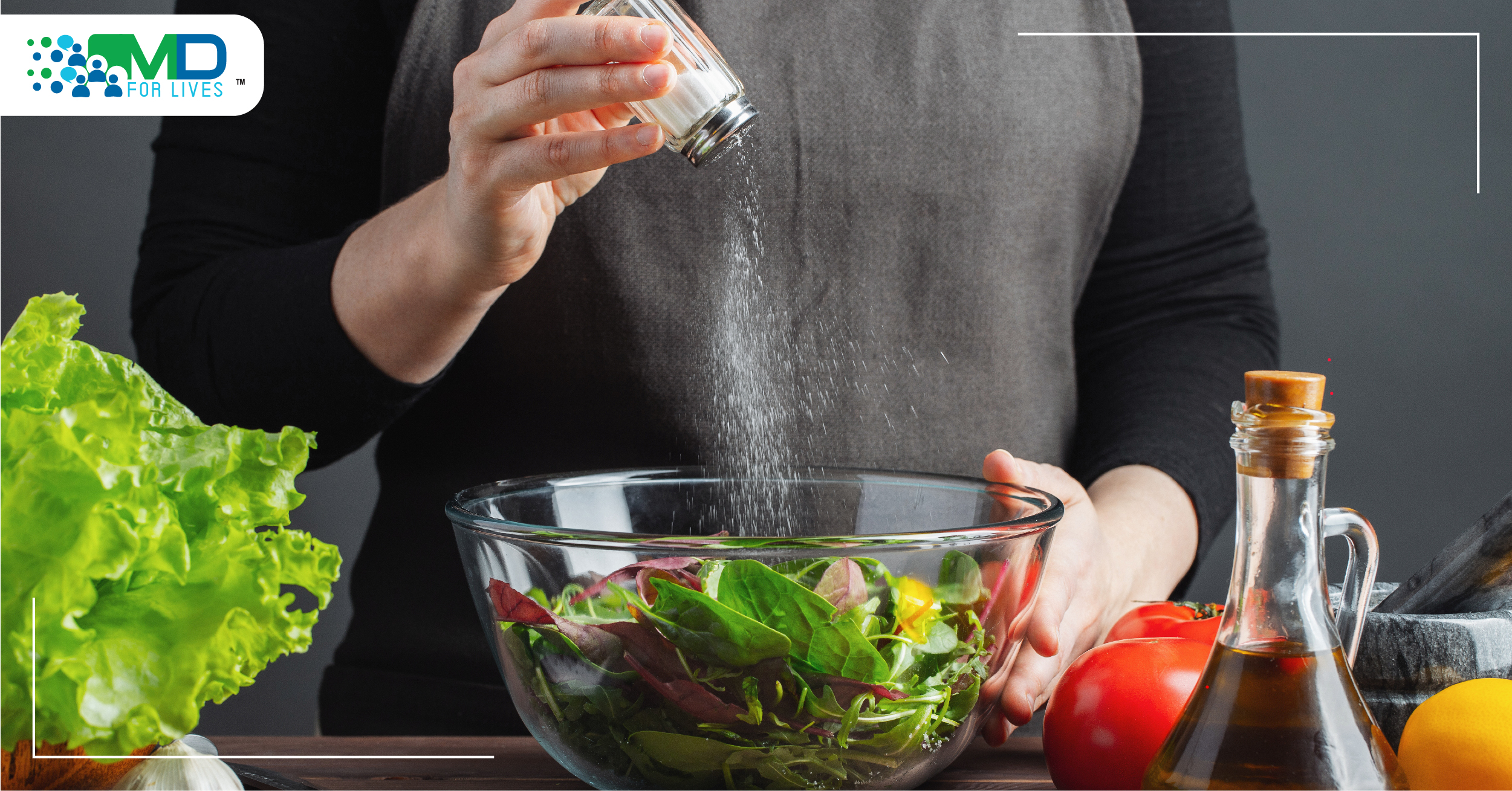A study published on Sept 16, 2021, in the New England Journal of Medicine suggests that offering a salt substitute for people with high blood pressure or a previous stroke can lower blood pressure and reduce the risk of cardiovascular events.1
Hypertension, or high blood pressure, affects about 45% of American adults and increases the risks for stroke, heart failure, chronic kidney disease, and other serious health problems.2
Hypertension and dietary salt controversy
High salt intake is among known hypertension causes, and the CDC, WHO, American College of Cardiology, and other bodies recommend that most people lower their salt intake to prevent hypertension and cardiovascular disease.3,4 Debates over how low salt intake should be, and how aggressively hypertension should be controlled, have raged for years.5,6 The new study, called the Salt Substitute and Stroke Study (SSaSS), is larger than previous similar studies and so adds valuable data to the discussion.8
Recent developments
Two other recent developments related to hypertension help highlight the importance of hypertension and the growing understanding of its treatment.
First, the US Preventive Services Task Force (USPSTF) has been studying the evidence for and against screening US adults for hypertension since 2018. The Task Force released its Final Evidence Review for hypertension screening on April 27, 2021, based on considerations of the accuracy of blood pressure measurement in the doctor’s office, benefits and possible harms of early detection, and comments received from the public.7
The USPSTF analysis reaffirmed the importance of hypertension screening in US adults. This can be done with a simple blood pressure reading done in the doctor’s office, followed by confirmation of the diagnosis before starting treatment.7

Second, the results from the STEP trial of intensive vs. standard blood pressure control were reported on September 30, 2021, in the New England Journal of Medicine. This study, conducted in 8511 Chinese participants between the ages of 60 and 80, all of whom had hypertension, found that the intensive treatment led to a lower rate of cardiovascular events compared with standard treatment.6
These results provide confirmation for the results of the US-based SPRINT trial and extend its results to an older group of patients. The SPRINT trial, which concluded in 2015, tested standard versus intensive control of hypertension in people with cardiovascular risk factors. Both the SPRINT and STEP trials ended up being stopped early because of the success of the intensive treatment in preventing cardiovascular events.
In the STEP trial, intensively treated patients achieved and maintained clinically significant reductions in blood pressure as well as lower risks of stroke, acute decompensated heart failure, and acute coronary syndrome.6
Salt substitute study in China
In the SSaSS study, participants living in 600 rural villages in China were eligible if they had a history of stroke or were at least 60 years old and had hypertension. The villages were randomized to either the salt substitution intervention (300 villages, 10,504 people) or to the control group (300 villages, 10,491 people).1

Participants in the salt substitution group were given a reduced-sodium salt substitute containing 75% sodium chloride and 25% potassium chloride, to use for all of their household food preparation and seasoning purposes.1
Participants were followed for five years. The rate of the primary outcome, stroke, was lower among participants in the salt-substitution group (29.14 vs. 33.65 events per 1000 person-years; rate ratio, 0.86; 95% CI, 0.77–0.96), as was the rate of fatal strokes (6.78 vs. 8.79 events per 1000 person-years; rate ratio, 0.77; 95% CI, 0.65–0.91). Secondary outcomes of major adverse cardiovascular events and death from any cause were also lower in the salt substitution group.1
Hyperkalemia is a potential concern with salt substitutes that contain potassium. At least two participants (one in the intervention and one in the control group) developed clinical hyperkalemia. When including 313 others who had possible hyperkalemia, there was no significant difference in these events between the intervention and control groups (3.35 vs. 3.30 events per 1000 person-years; rate ratio, 1.04; 95% CI, 0.80–1.37; P=0.76). However, the authors did not monitor for elevated potassium during the trial.1
Would salt substitutes have similar effects in the US?
The SSaSS results may have limited generalizability to countries like the US. In an editorial in NEJM, Julia Ingelfinger, M.D., points out that people in the rural Chinese villages where the SSaSS study was carried outperform almost all of their own food preparation and preservation at home, making it possible to target nearly all of the participants’ salt intake with the salt substitute. This would not be possible in parts of the world where people rely on commercially prepared food to a much greater extent.8

For example, the CDC estimates that 70% of the typical American’s salt intake comes from commercially processed foods and restaurant meals.9 In the US, salt substitution at home (when approved by a physician) may be helpful for some but would need to be combined with other changes to make a big difference.10

References
- https://www.nejm.org/doi/full/10.1056/NEJMoa2105675
- https://www.uspreventiveservicestaskforce.org/uspstf/recommendation/hypertension-in-adults-screening
- https://www.cdc.gov/heartdisease/sodium.htm
- https://www.who.int/news-room/fact-sheets/detail/salt-reduction
- https://www.science.org/doi/abs/10.1126/science.340.6135.908
- https://www.nejm.org/doi/pdf/10.1056/NEJMoa2111437
- https://www.uspreventiveservicestaskforce.org/uspstf/recommendation/hypertension-in-adults-screening
- https://www.nejm.org/doi/full/10.1056/NEJMe2112857
- https://www.cdc.gov/salt/index.htm






